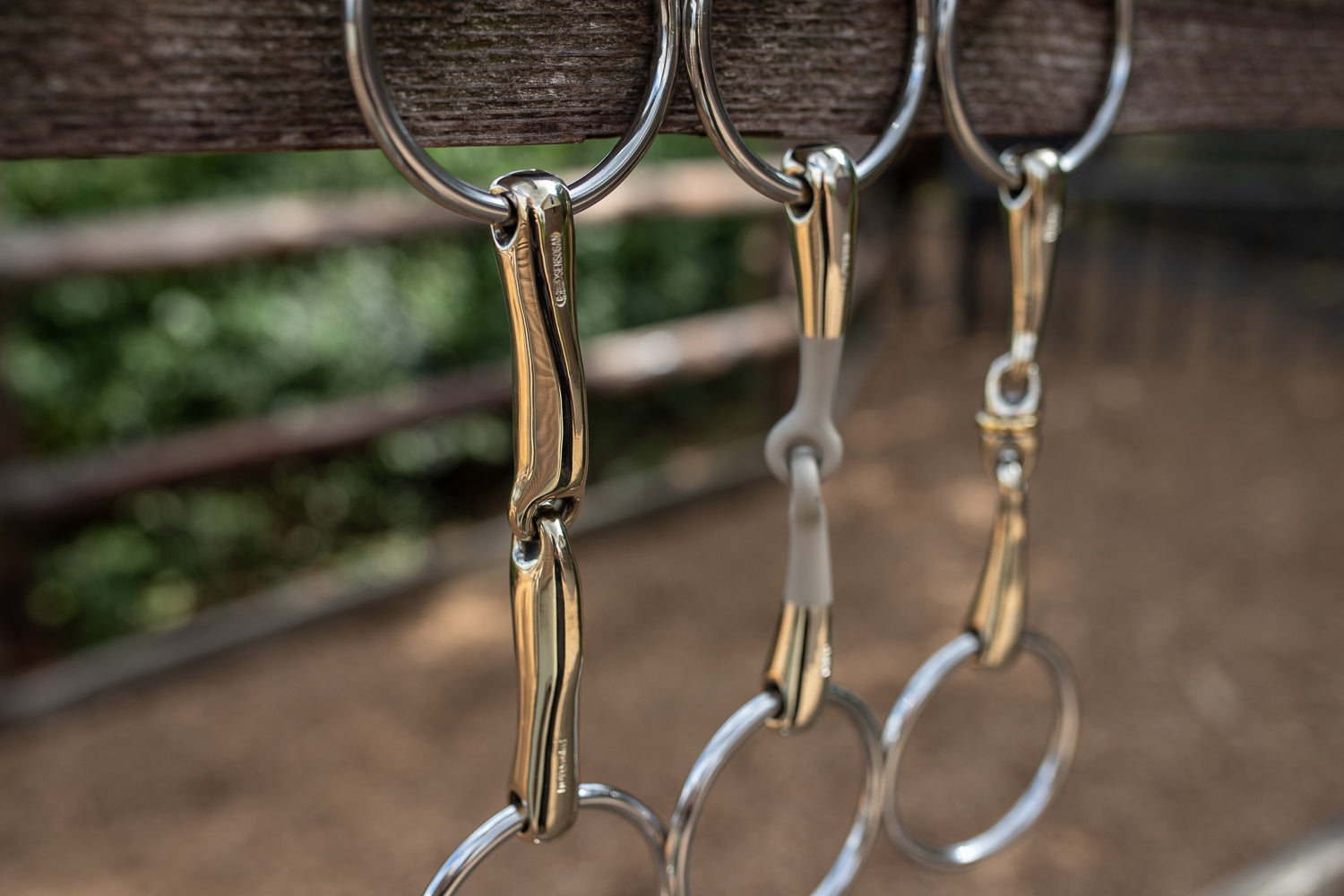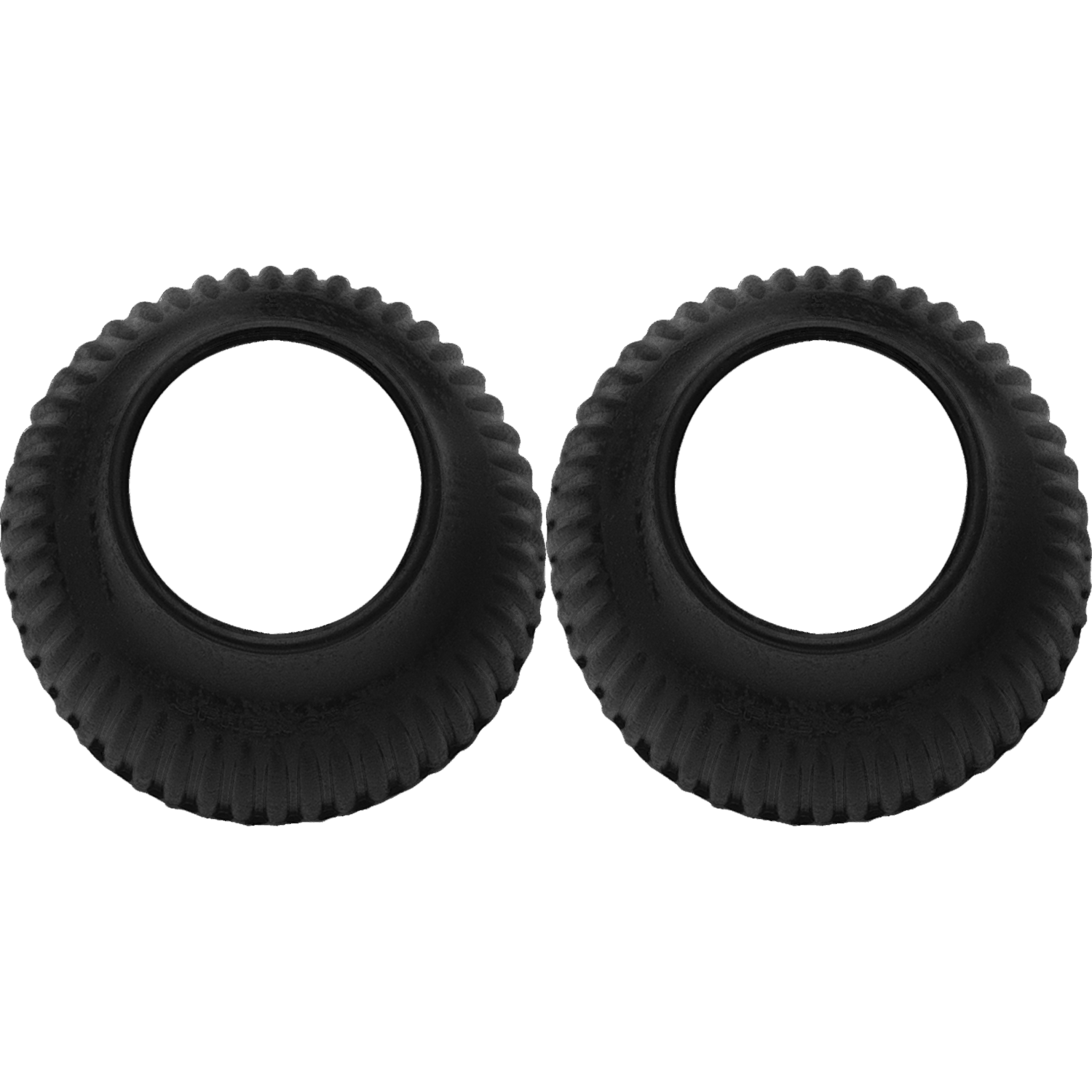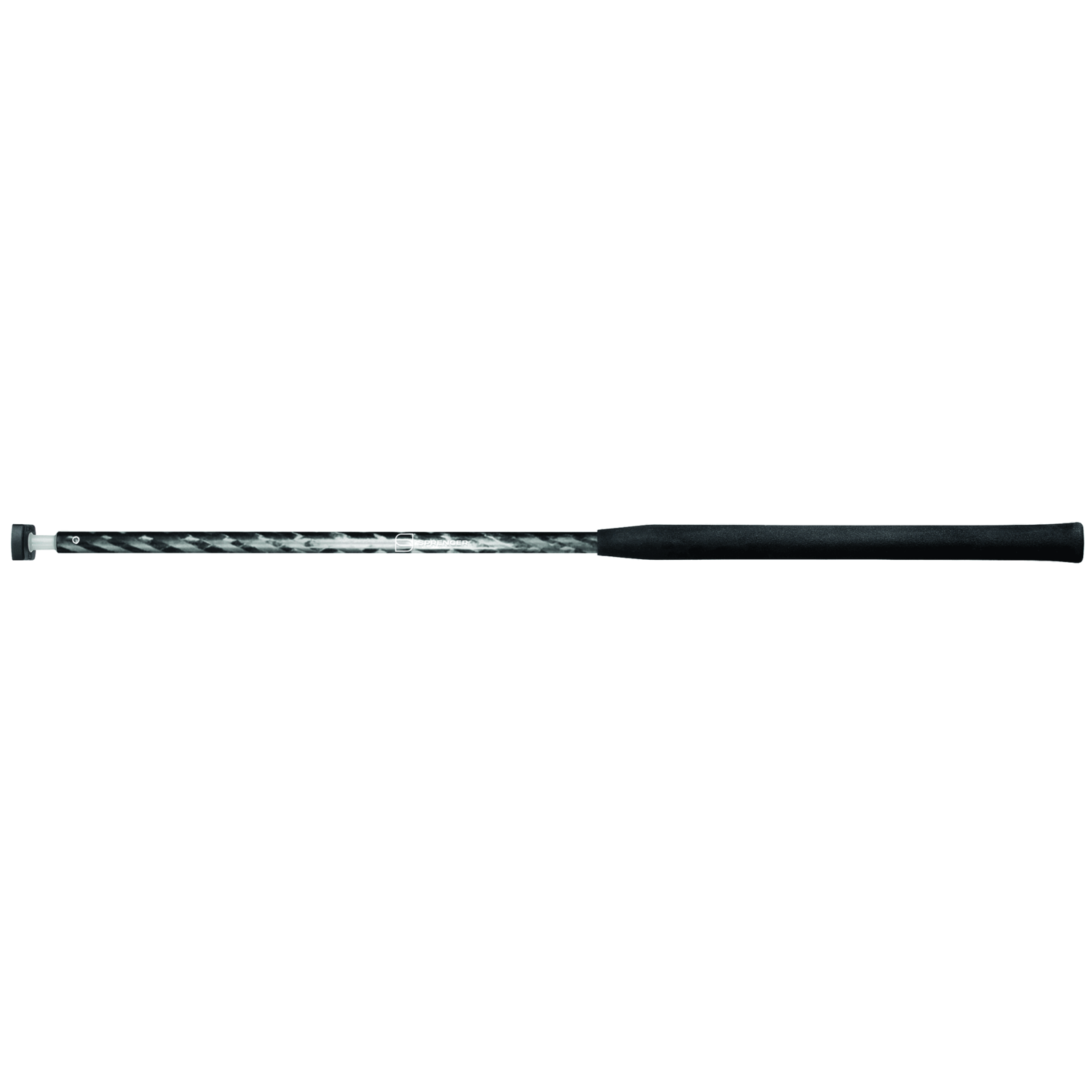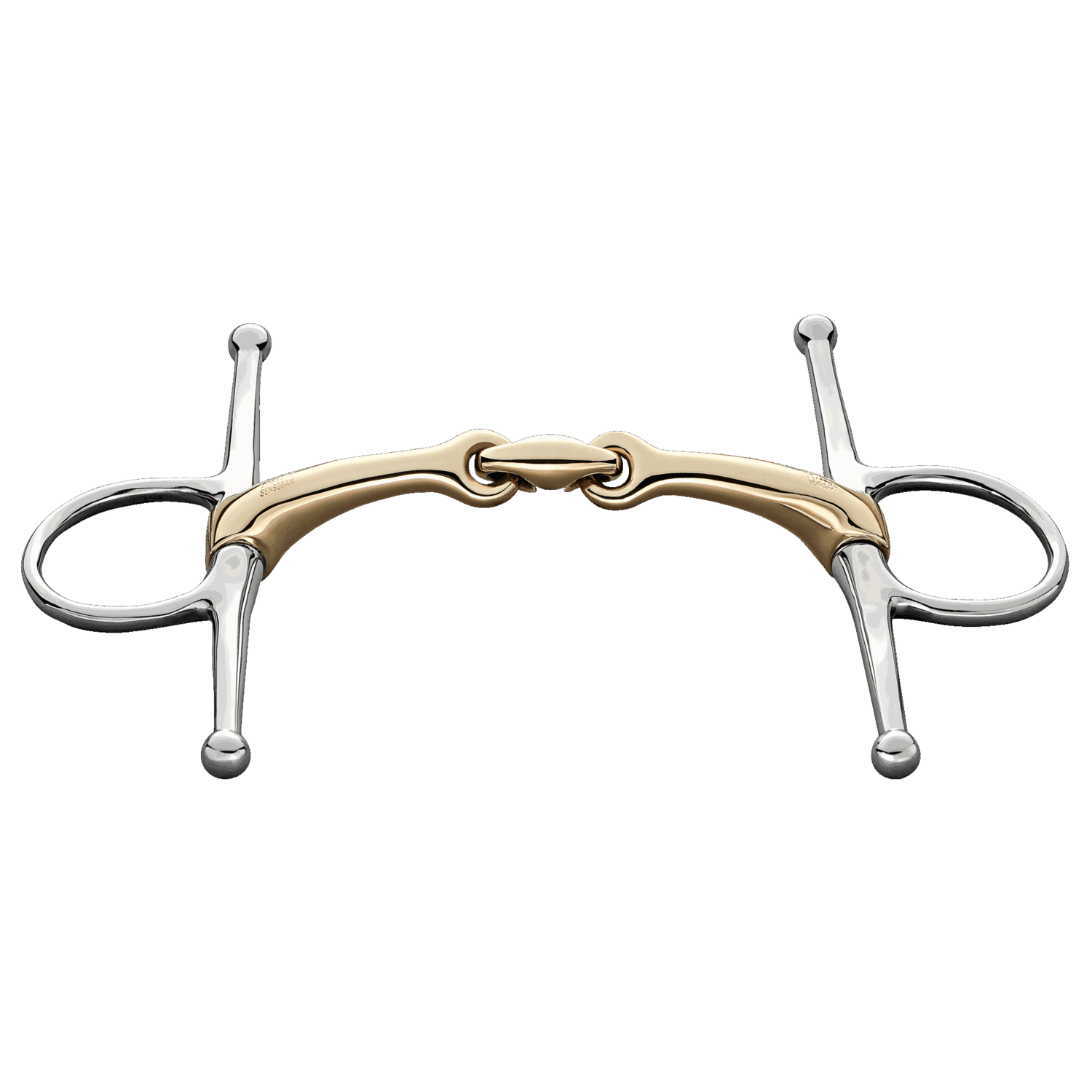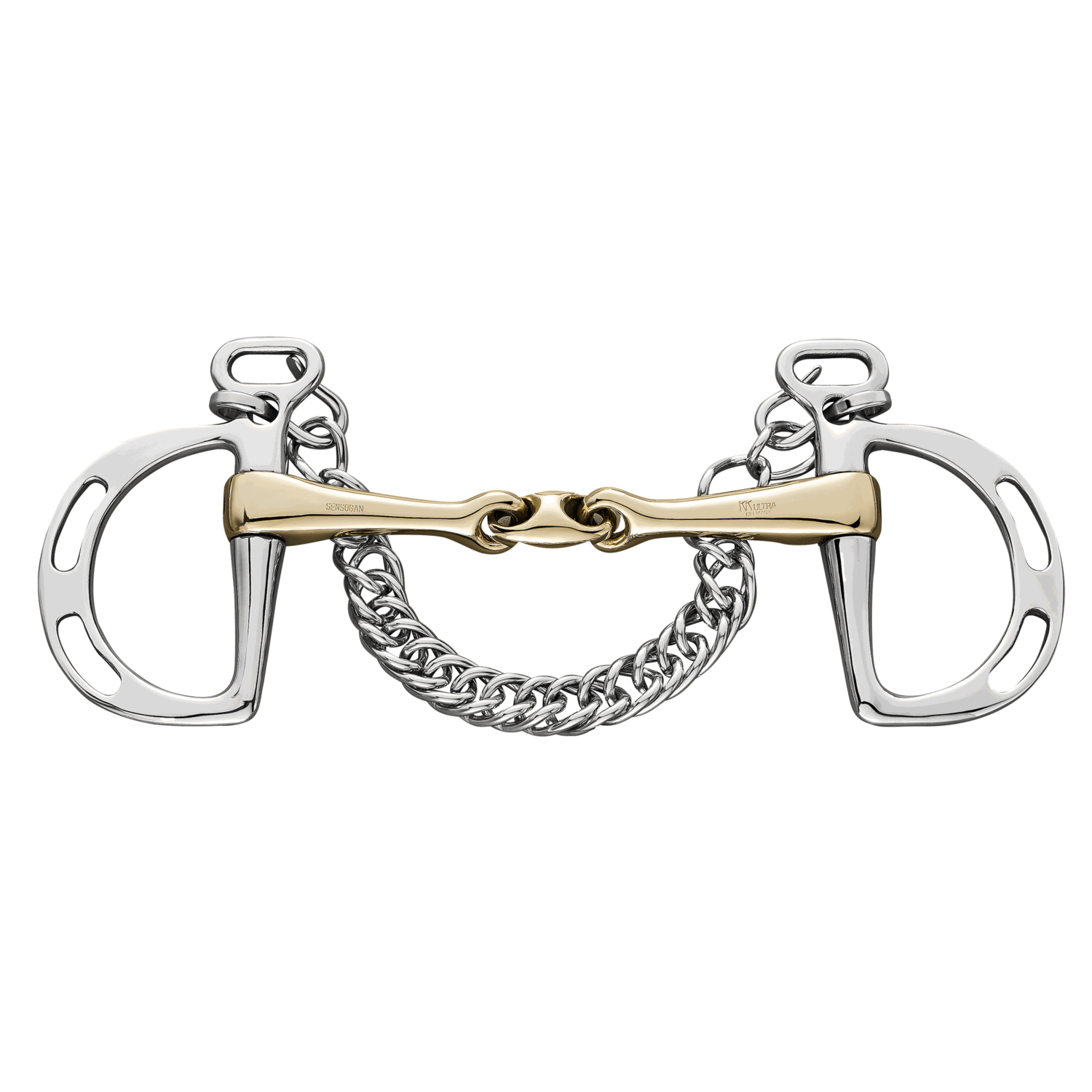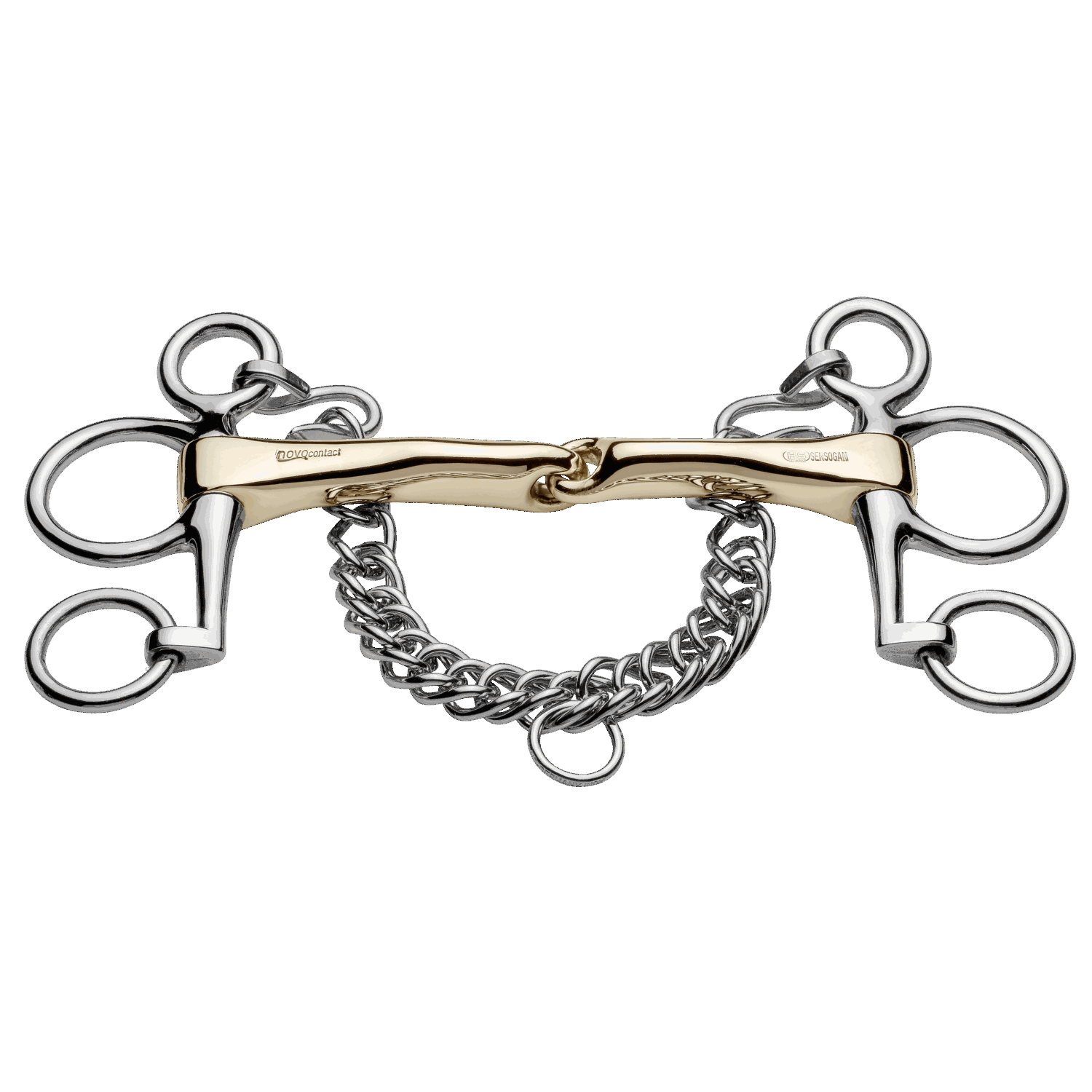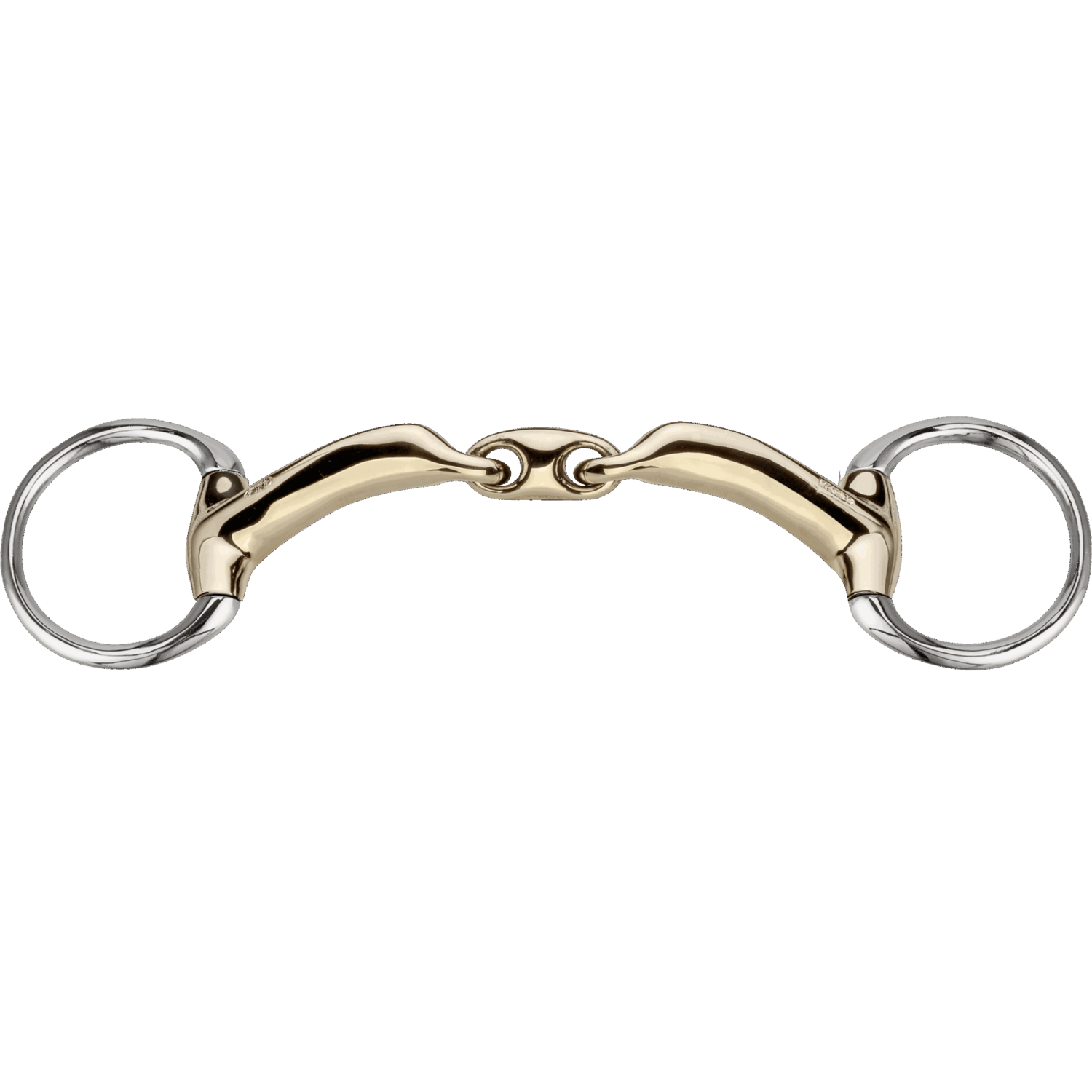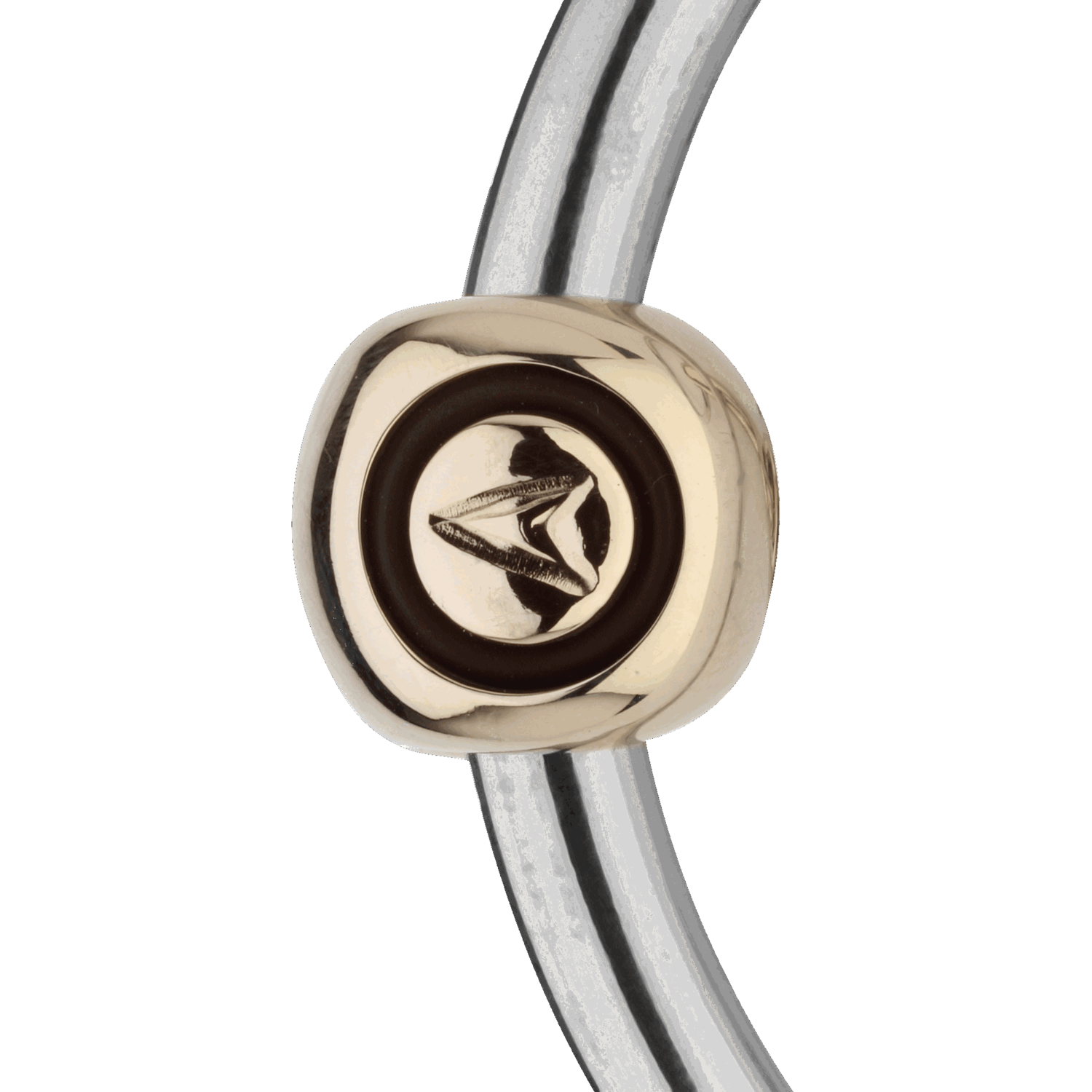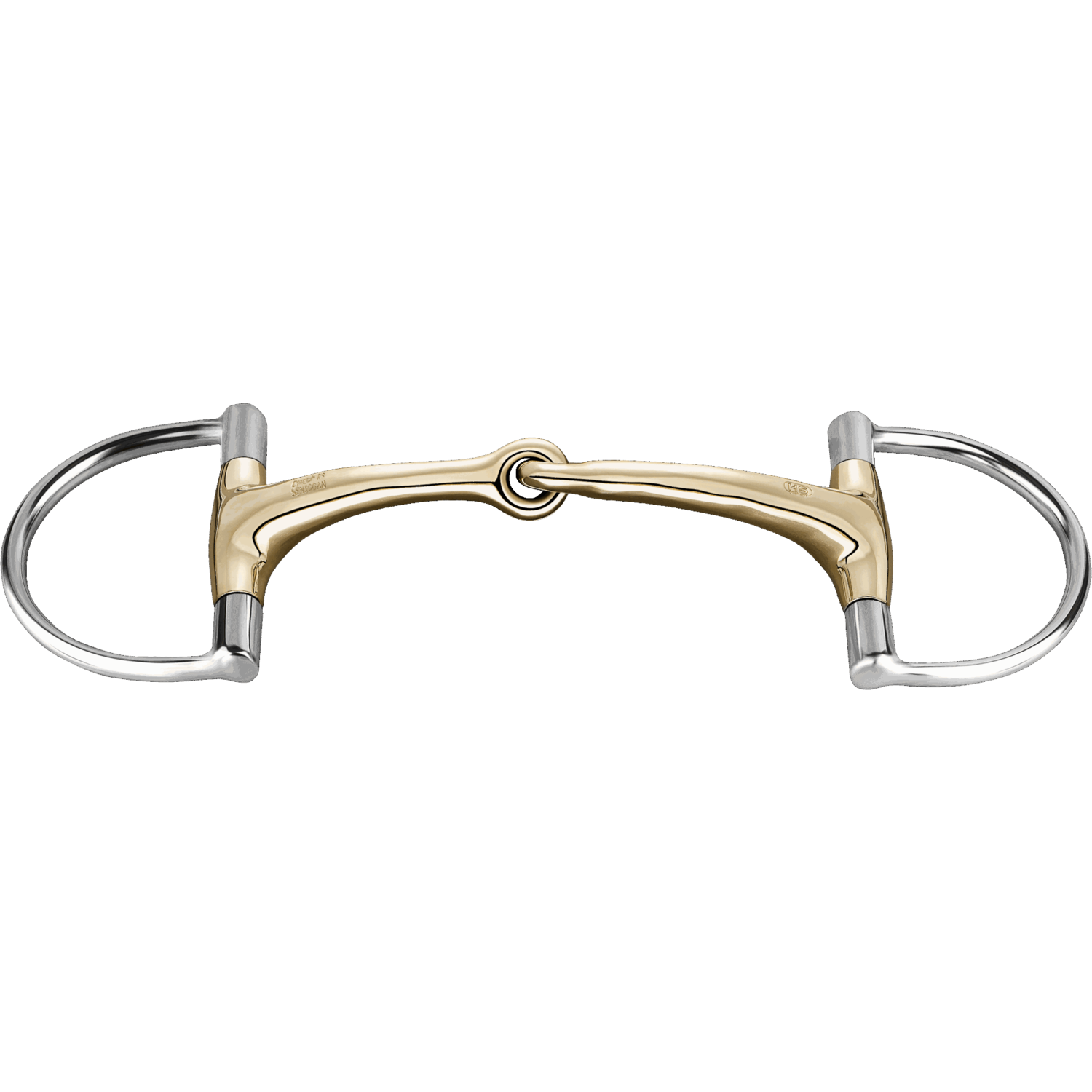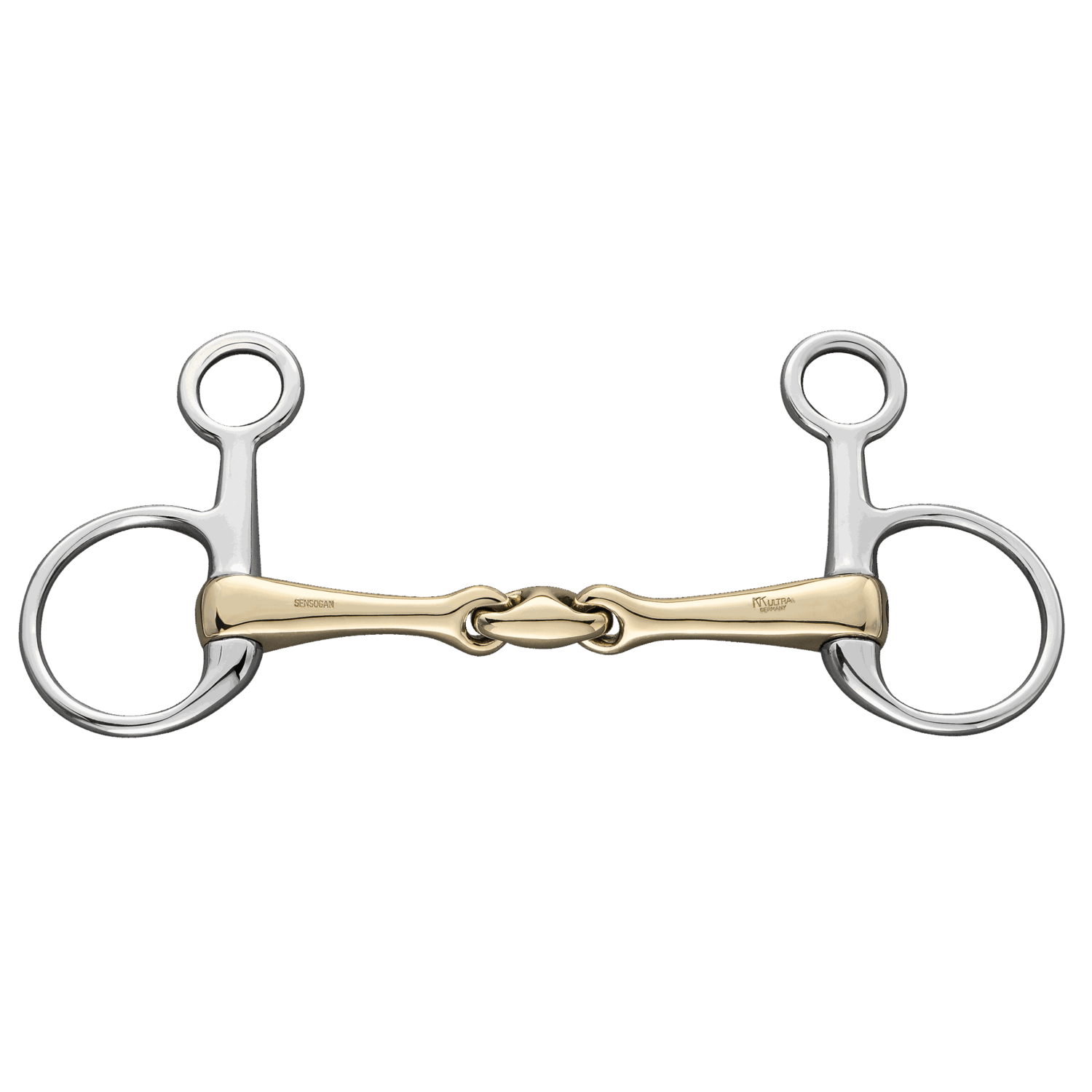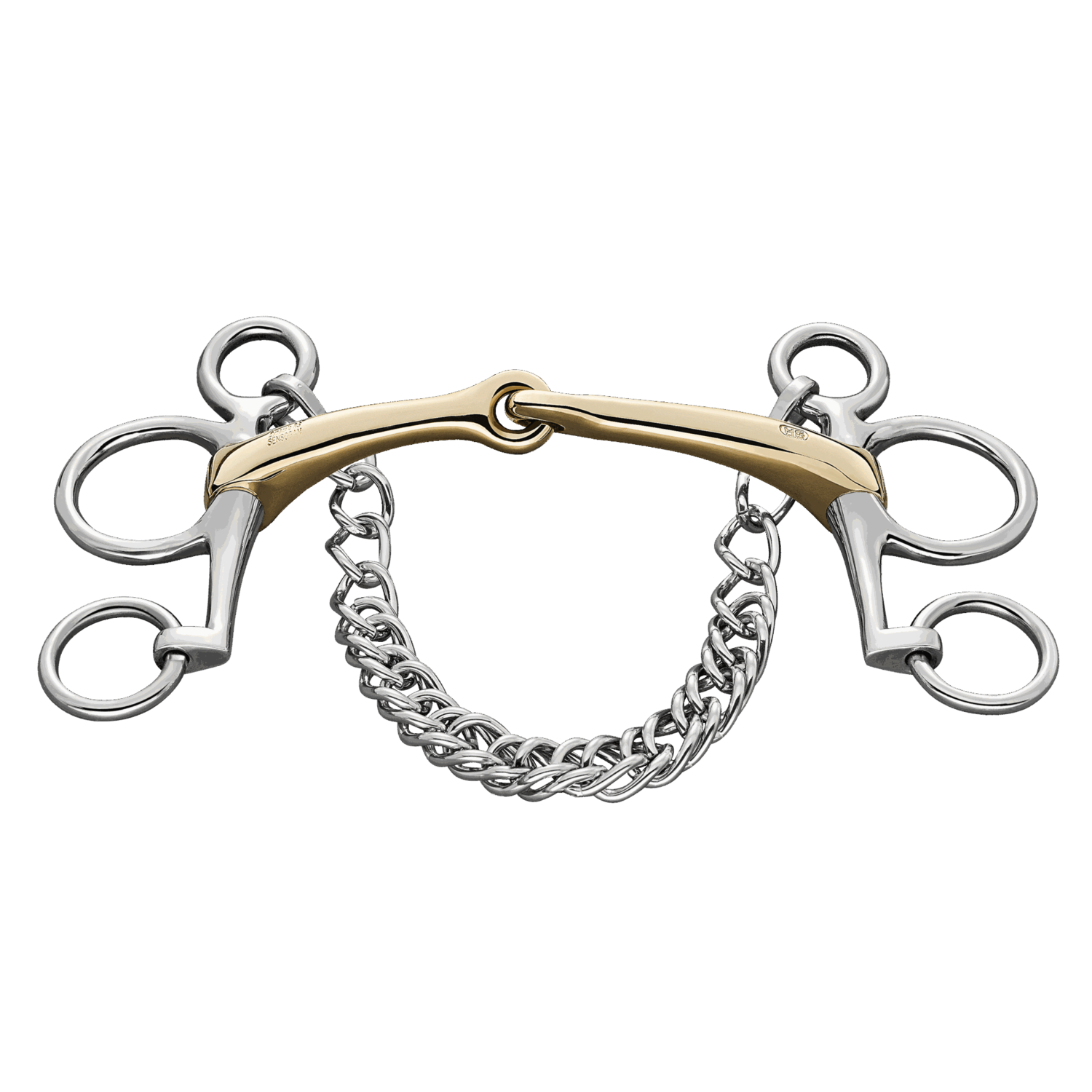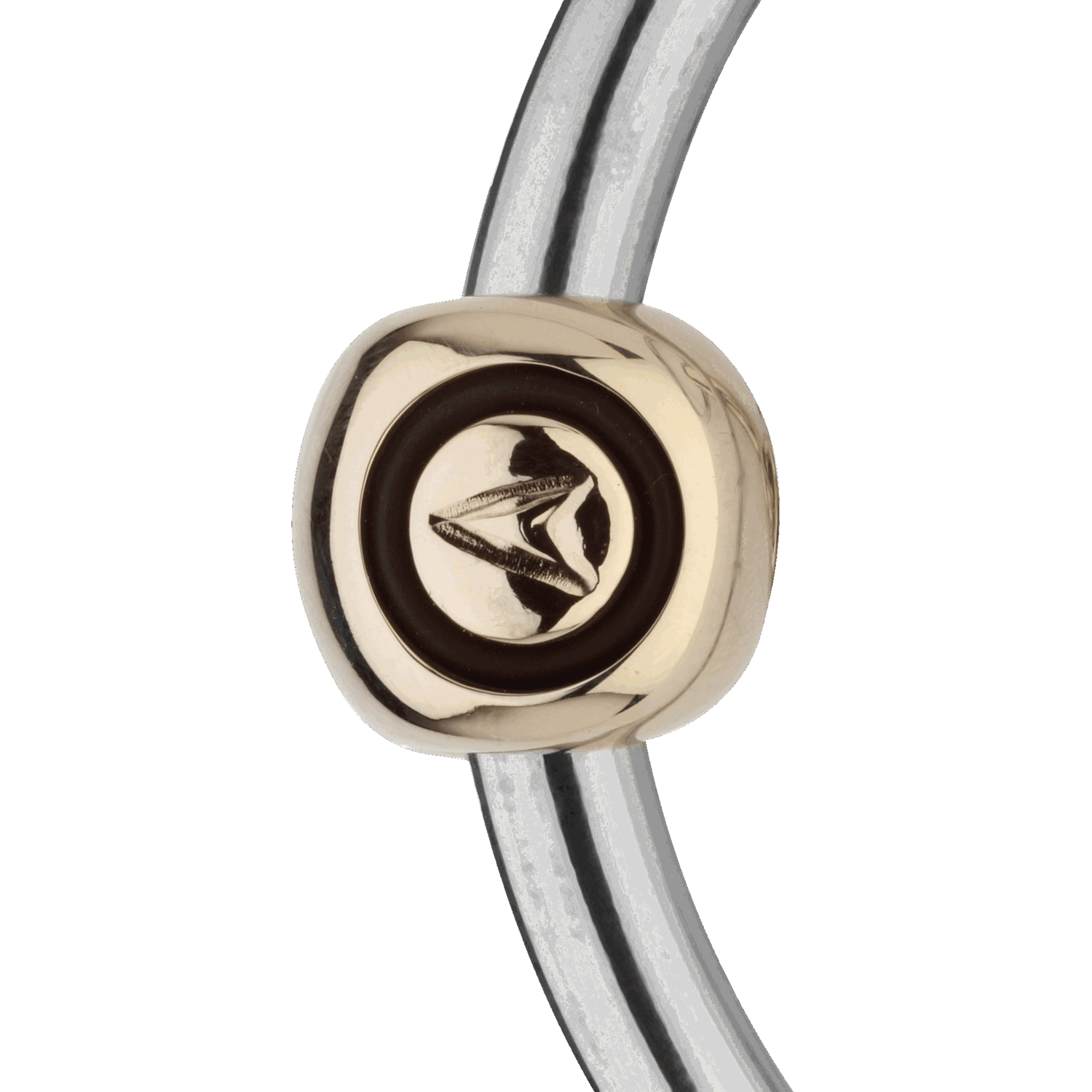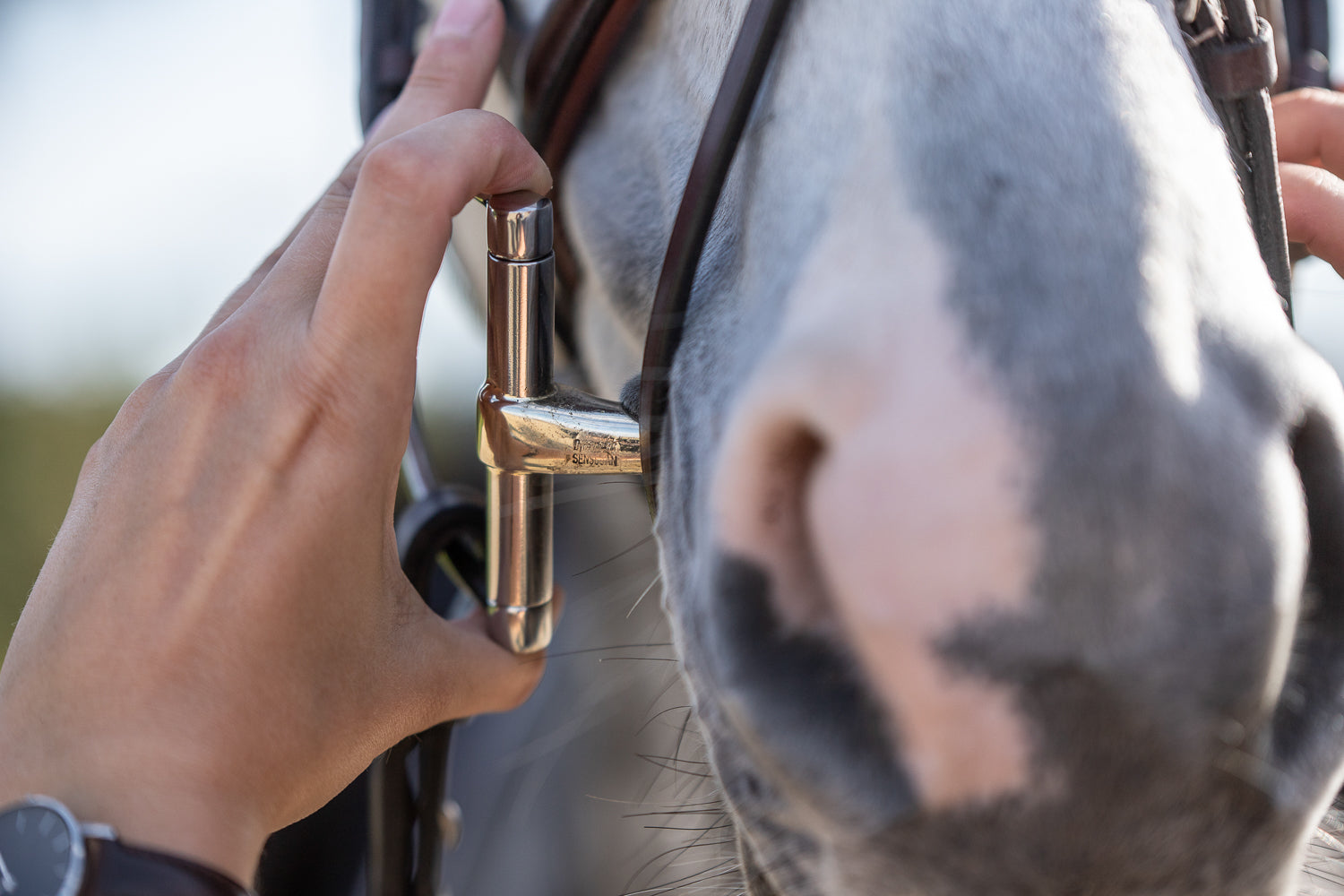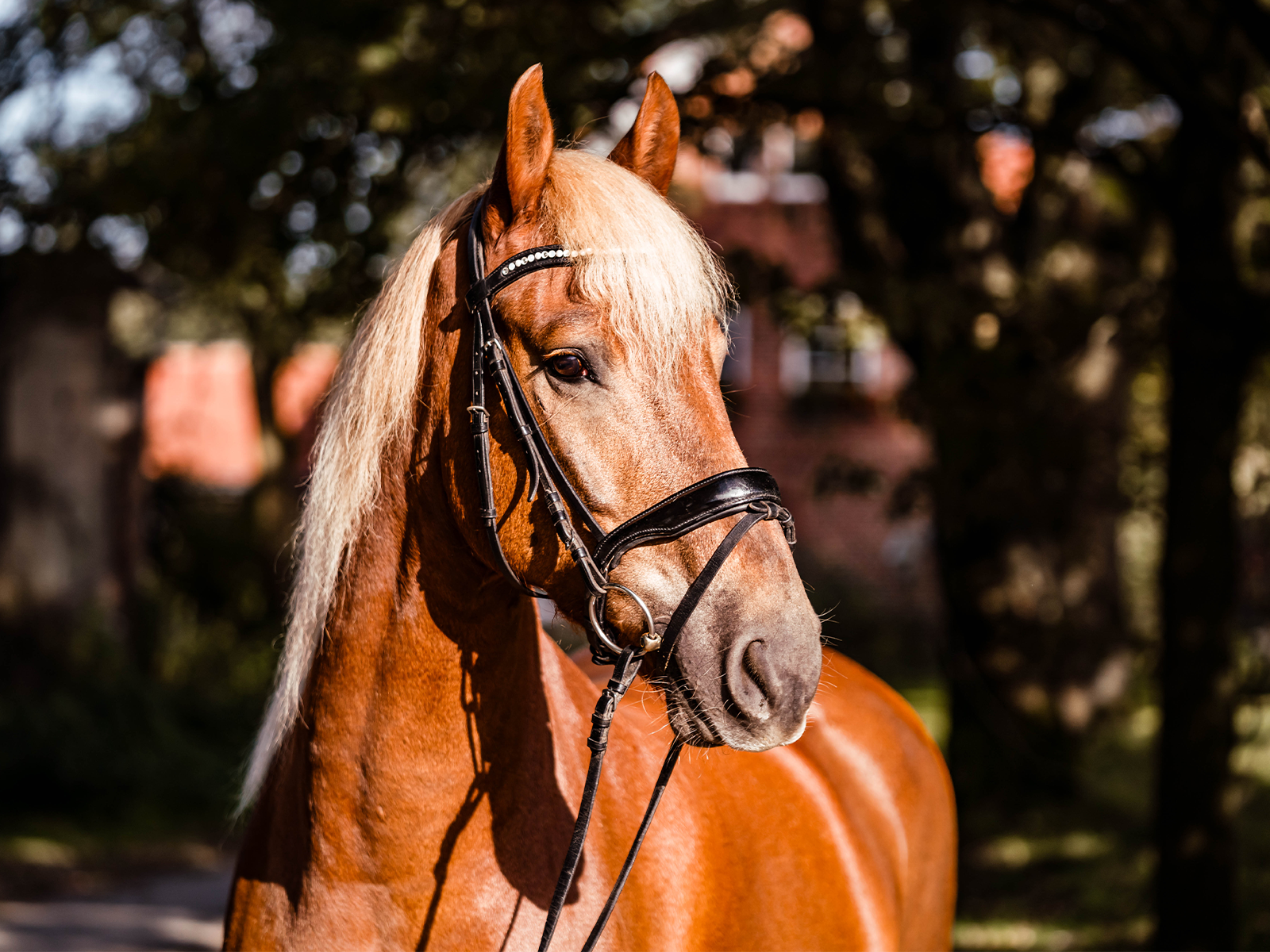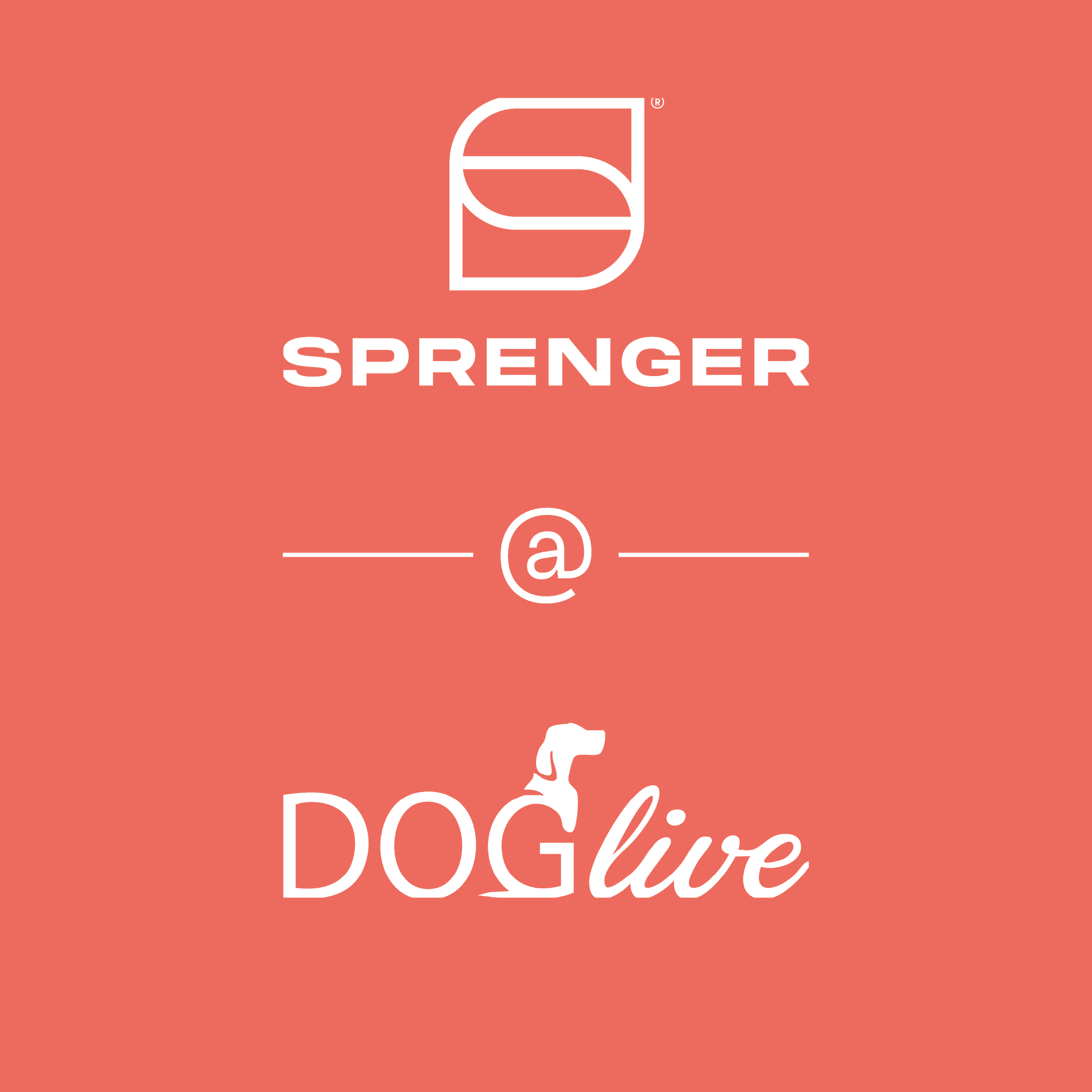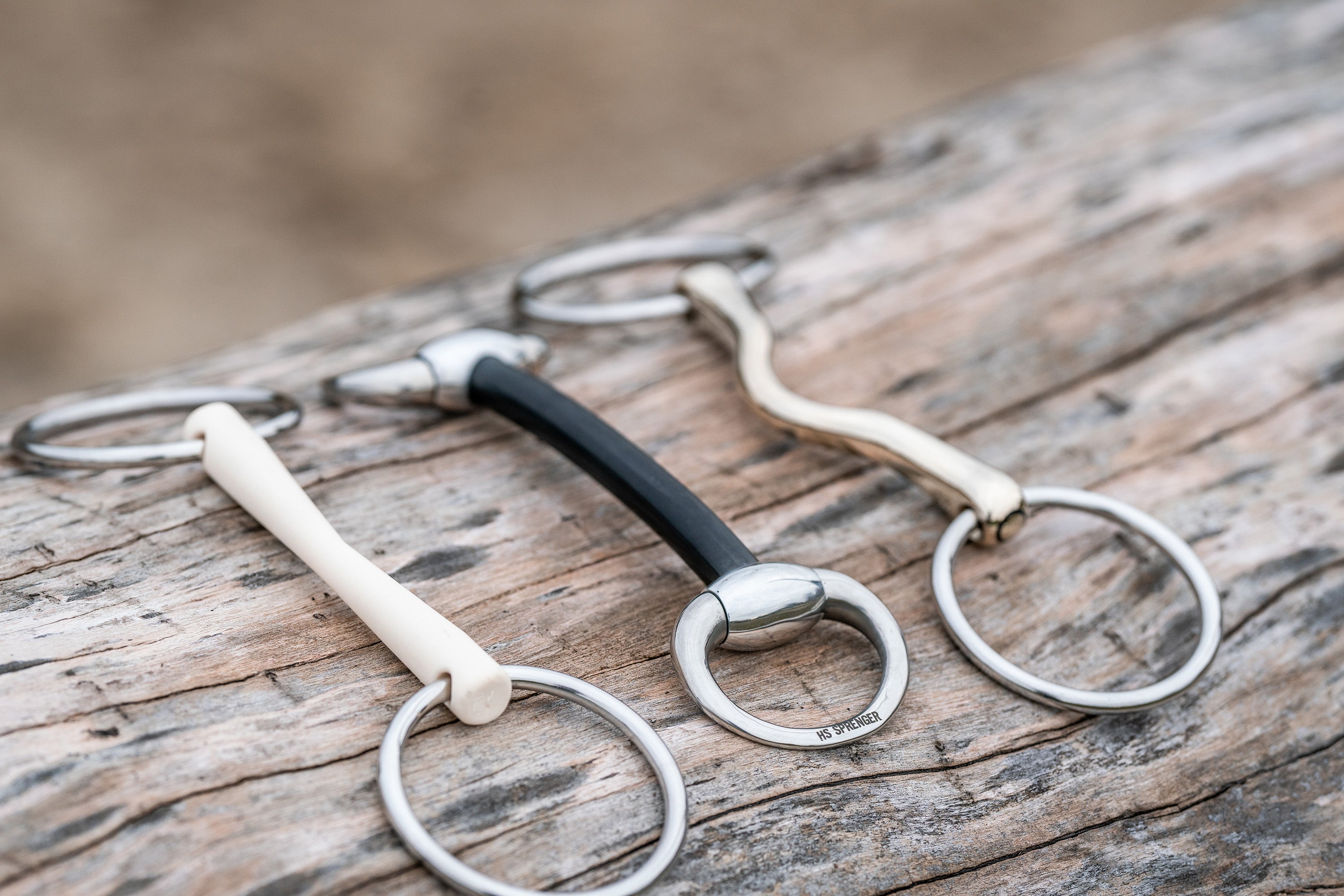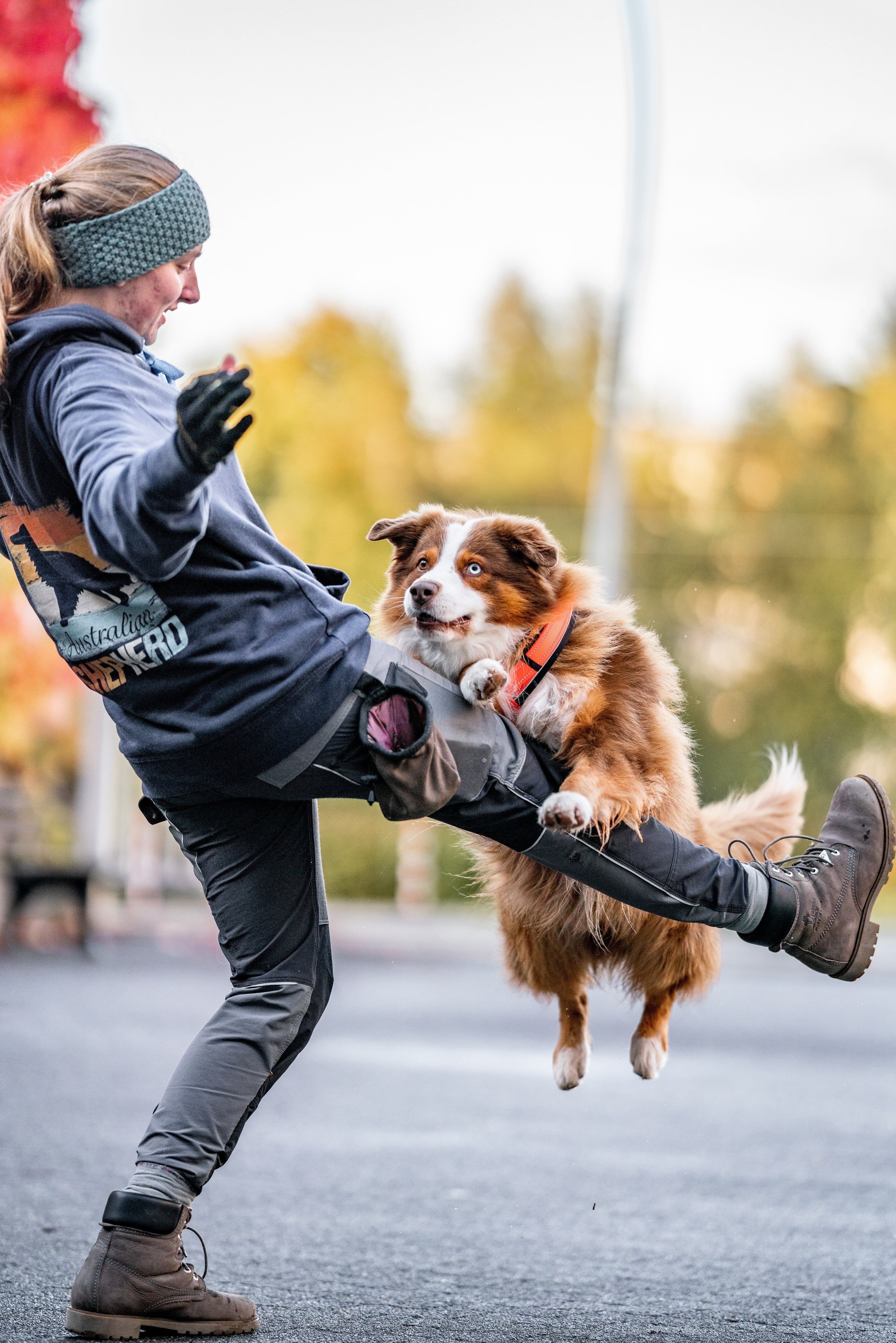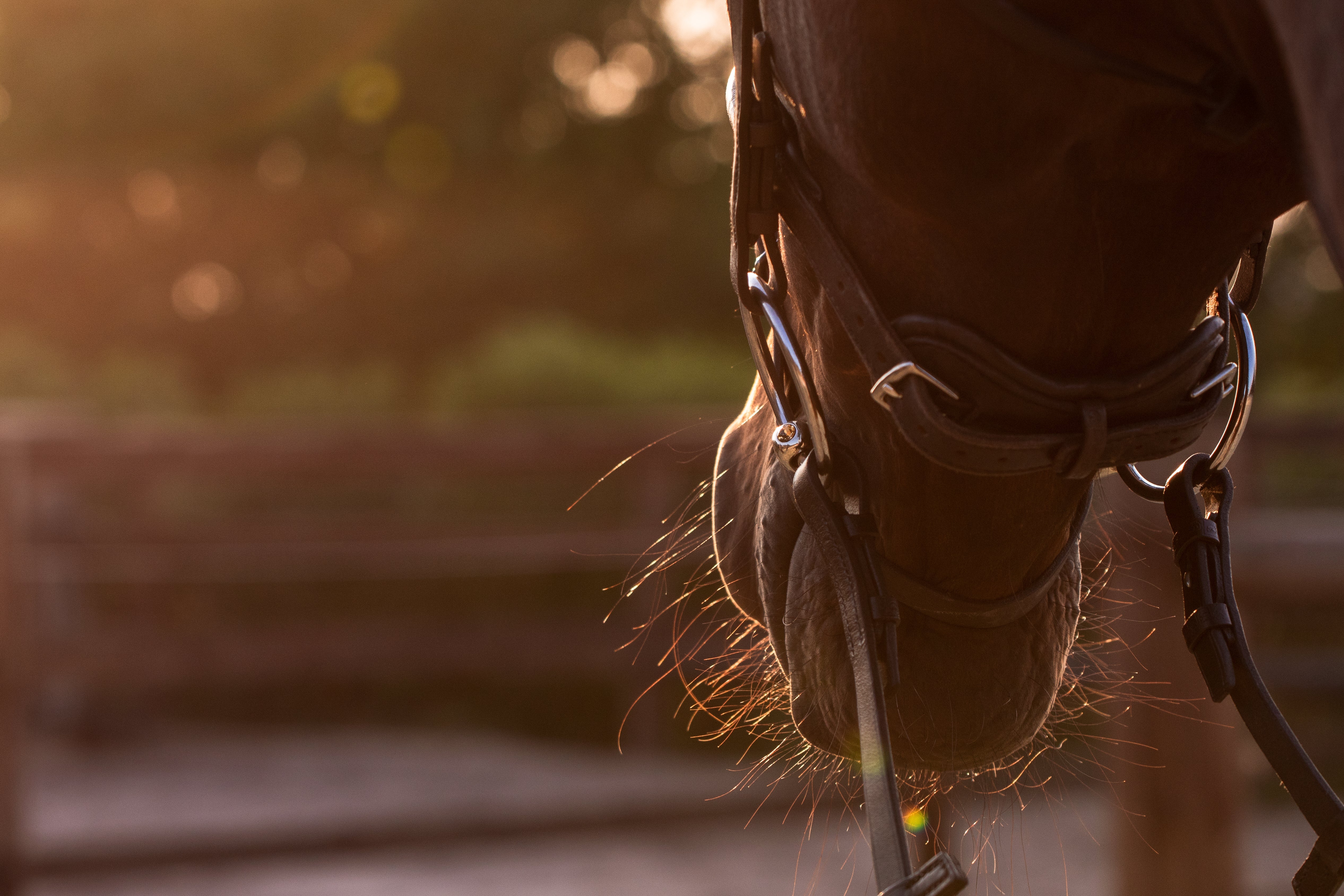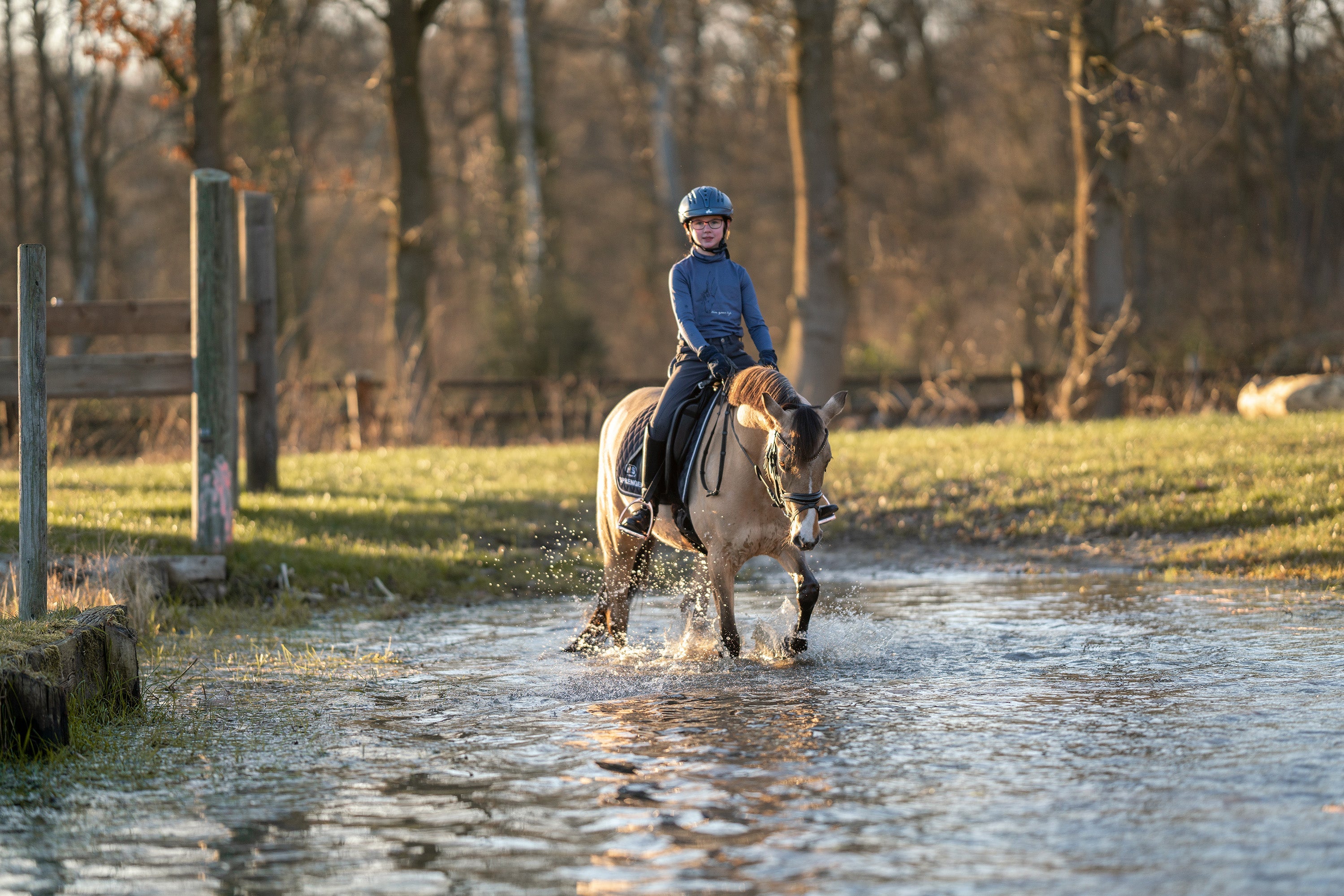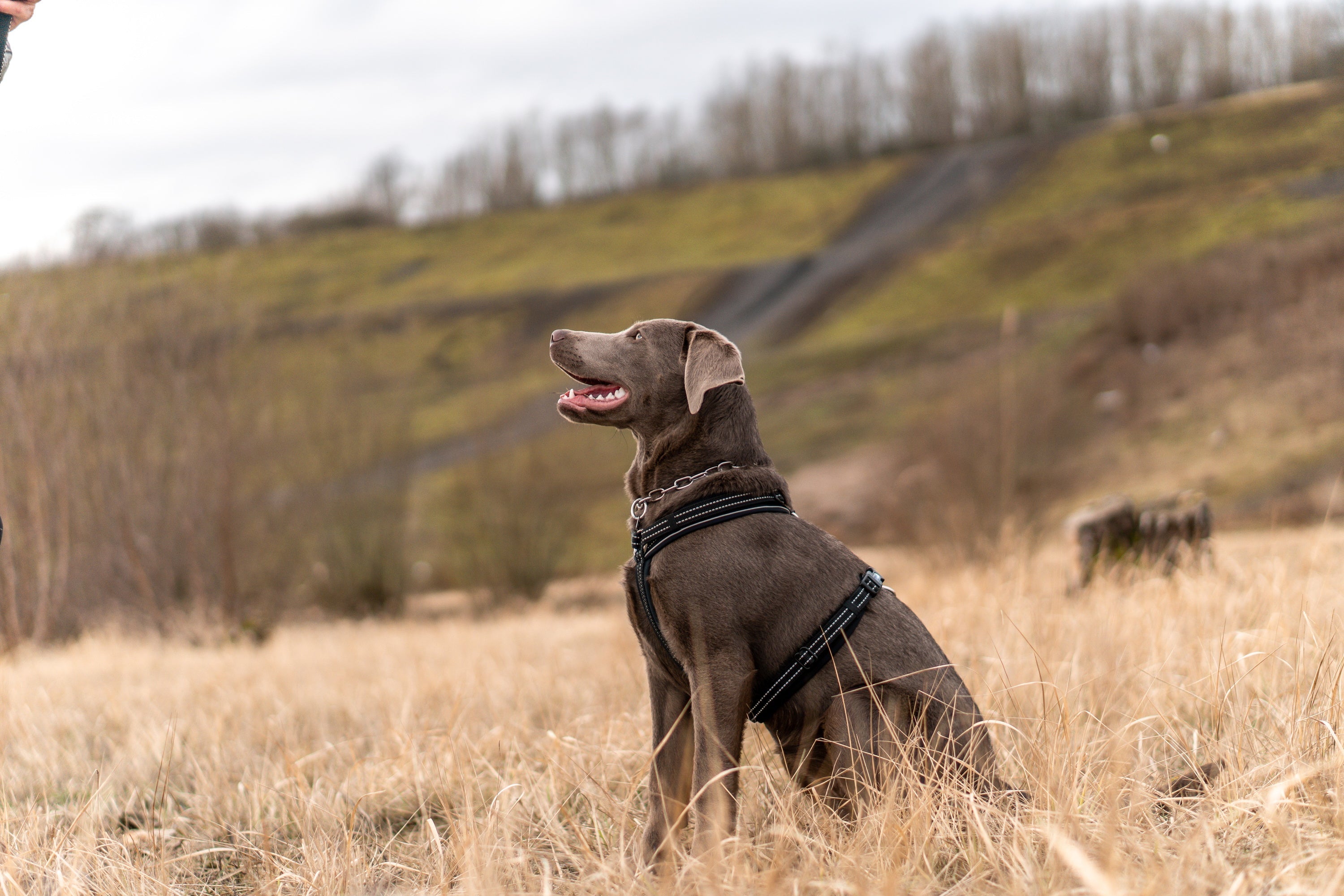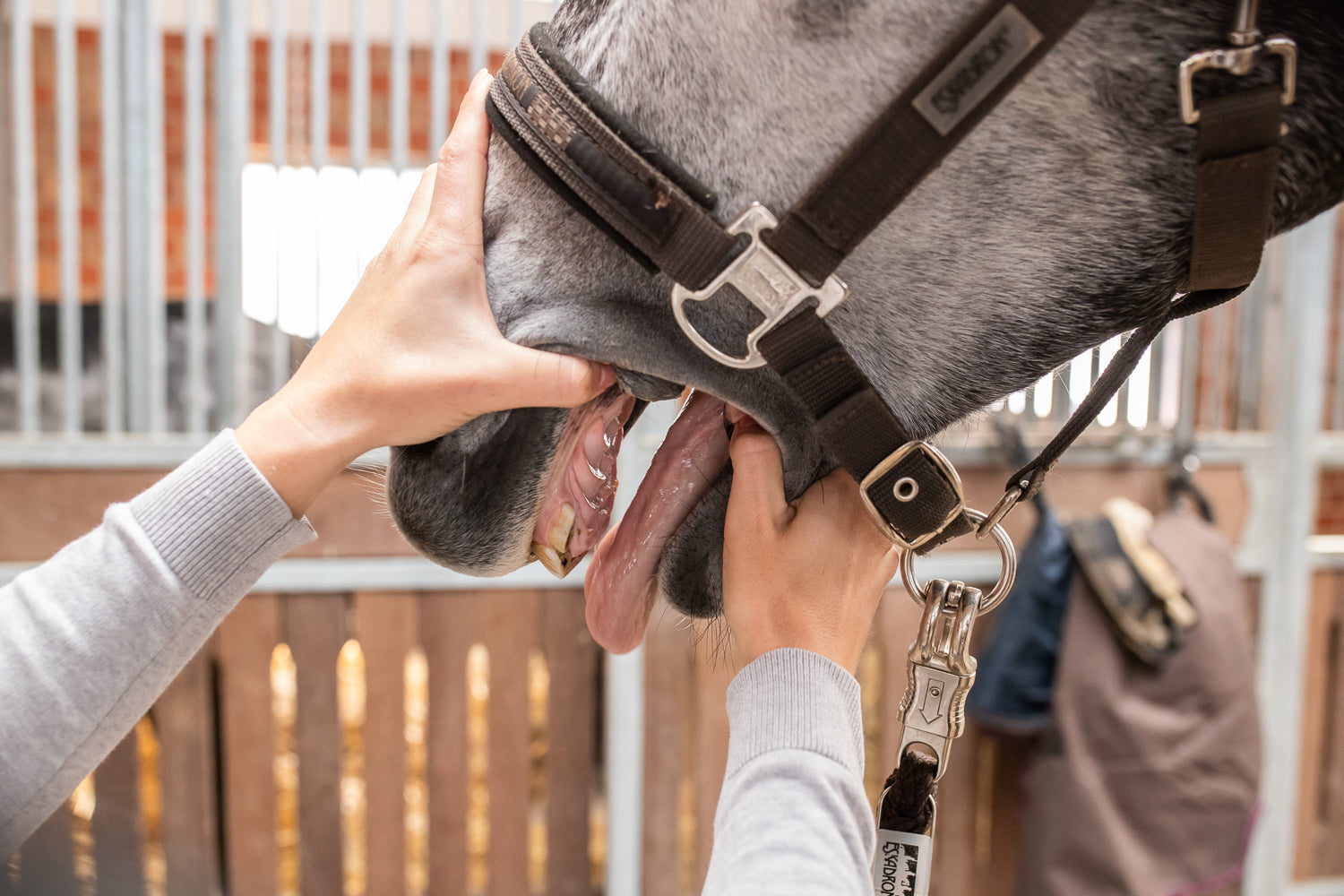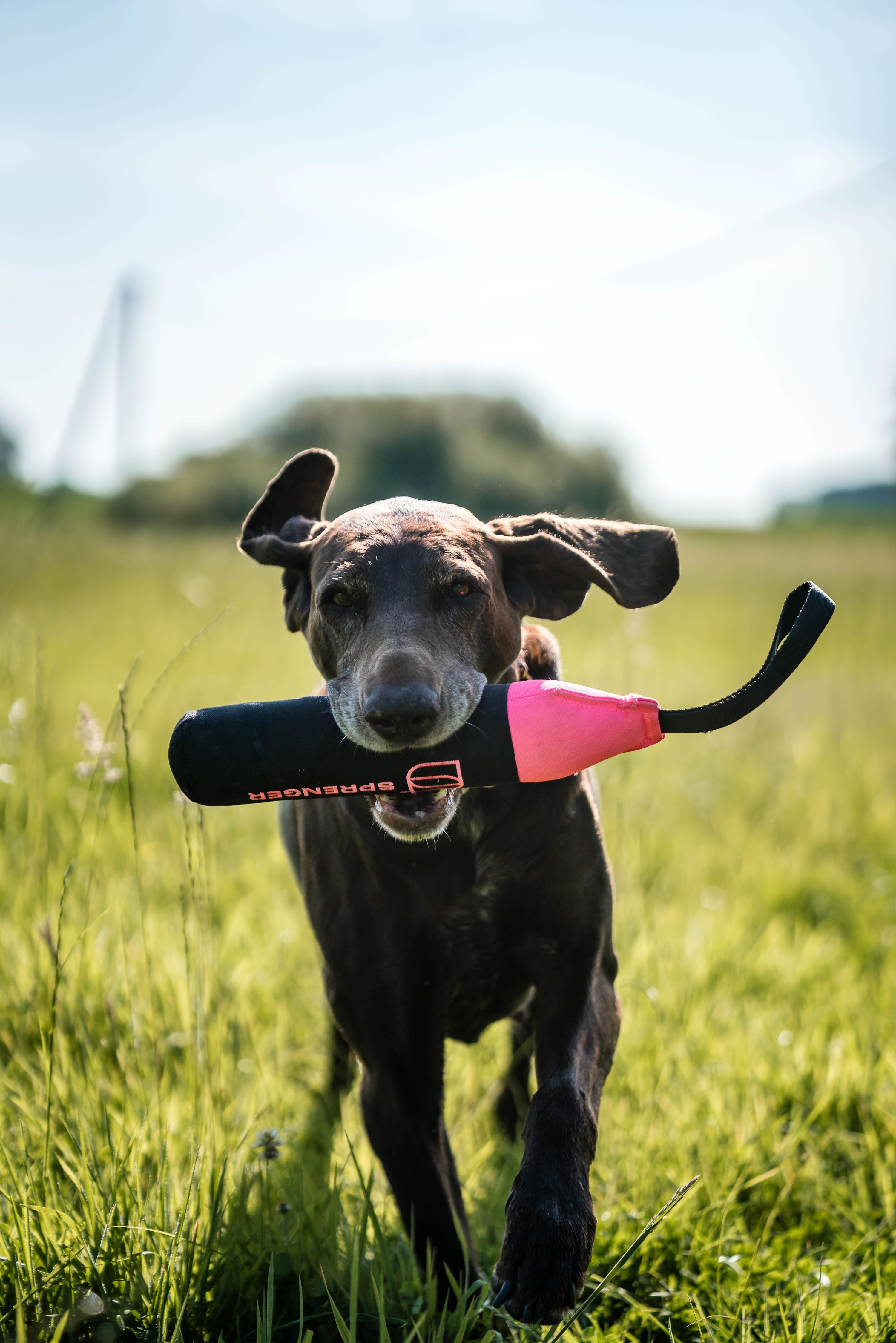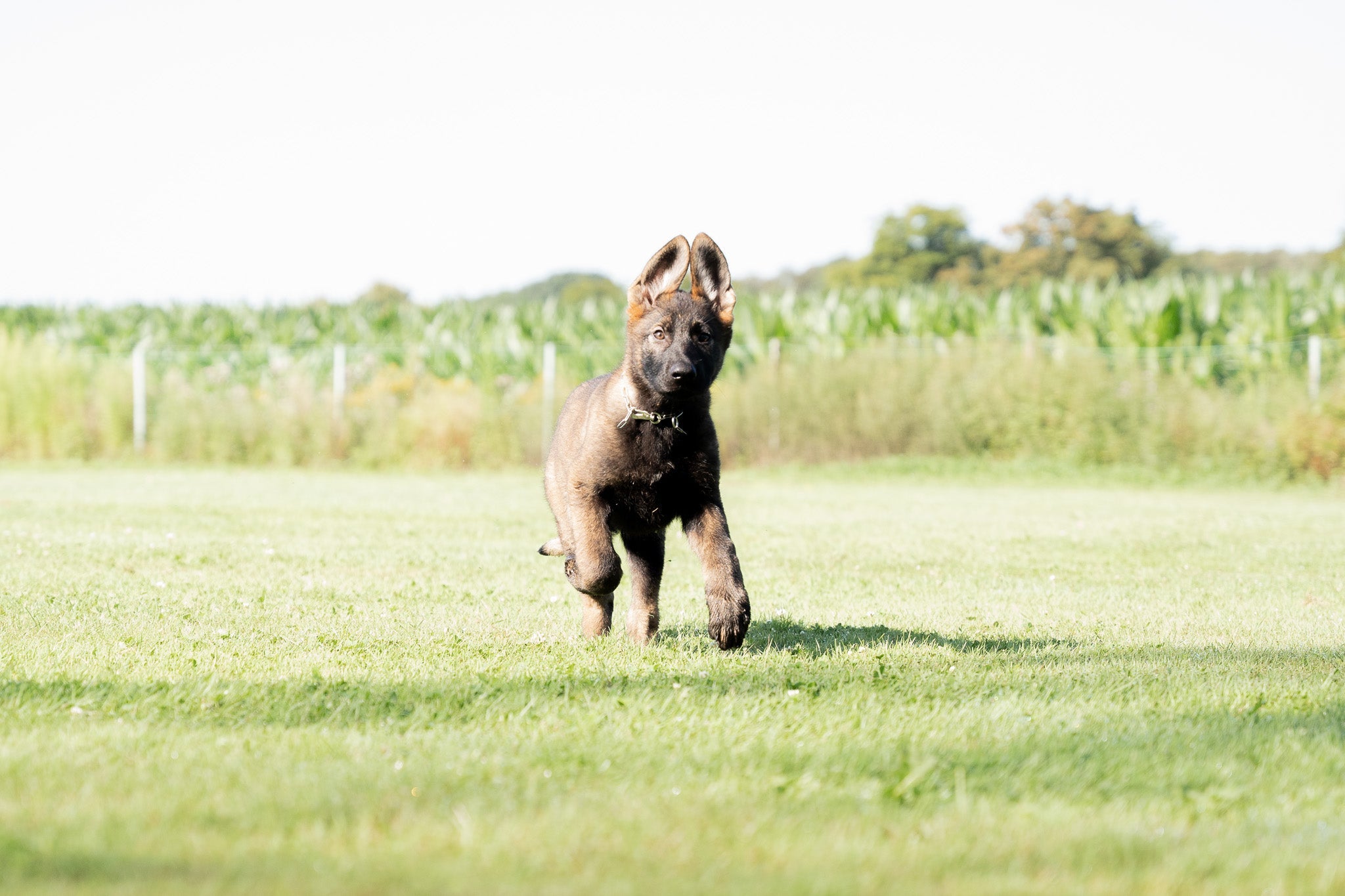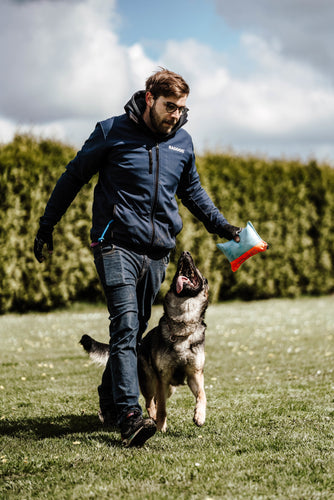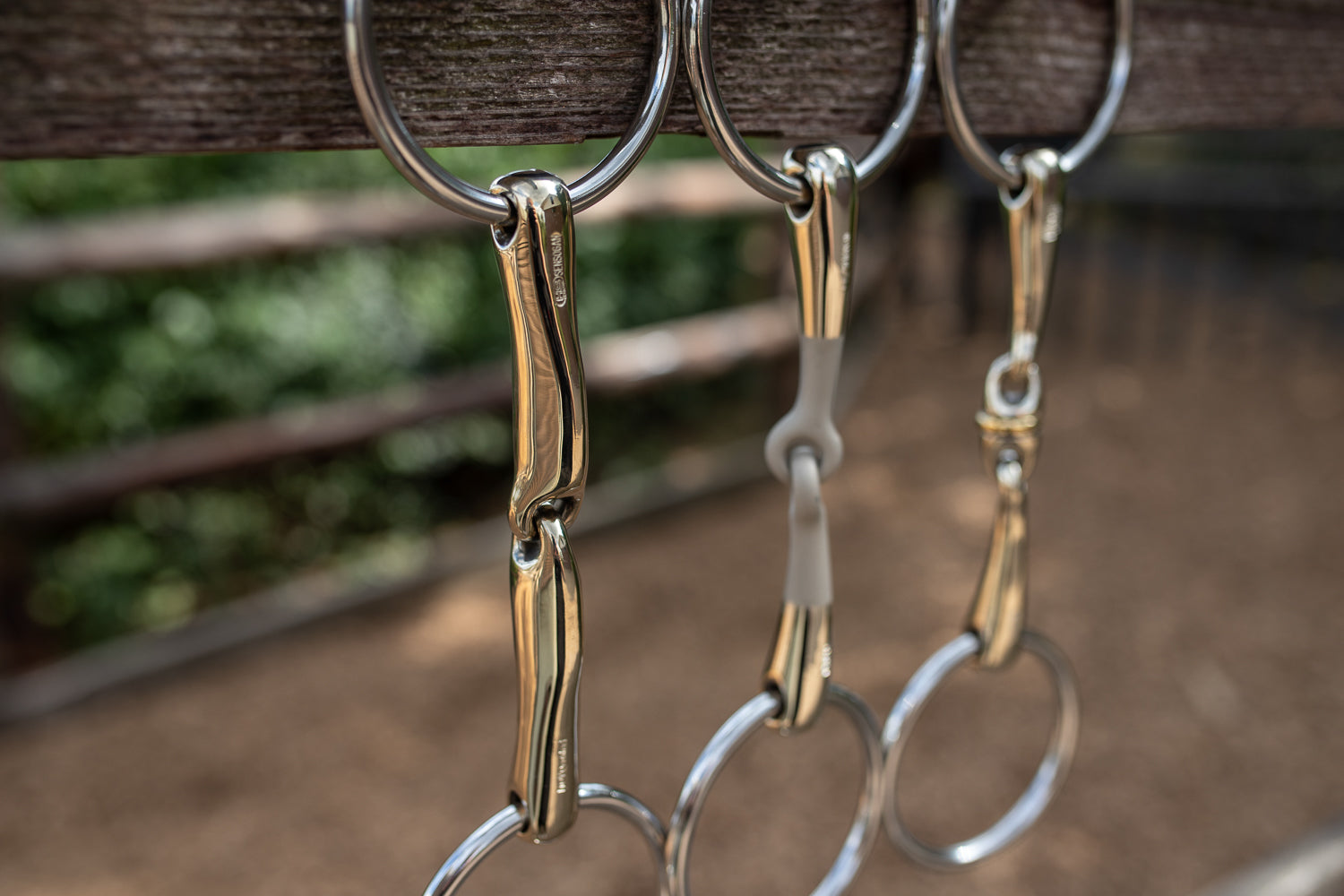Which bit is the right one for my horse and me? What is the difference between Eggbutt, D-ring bits and Full Cheeks? When should I use a 3-ring bit and when should I opt for a pelham?
In our last blog post we explained how to determine the right bit size - i.e. bit width and bit thickness - and what the difference is between single and double jointed bits and Mullen Mouth bits.
Now you can find out which side part you should choose:
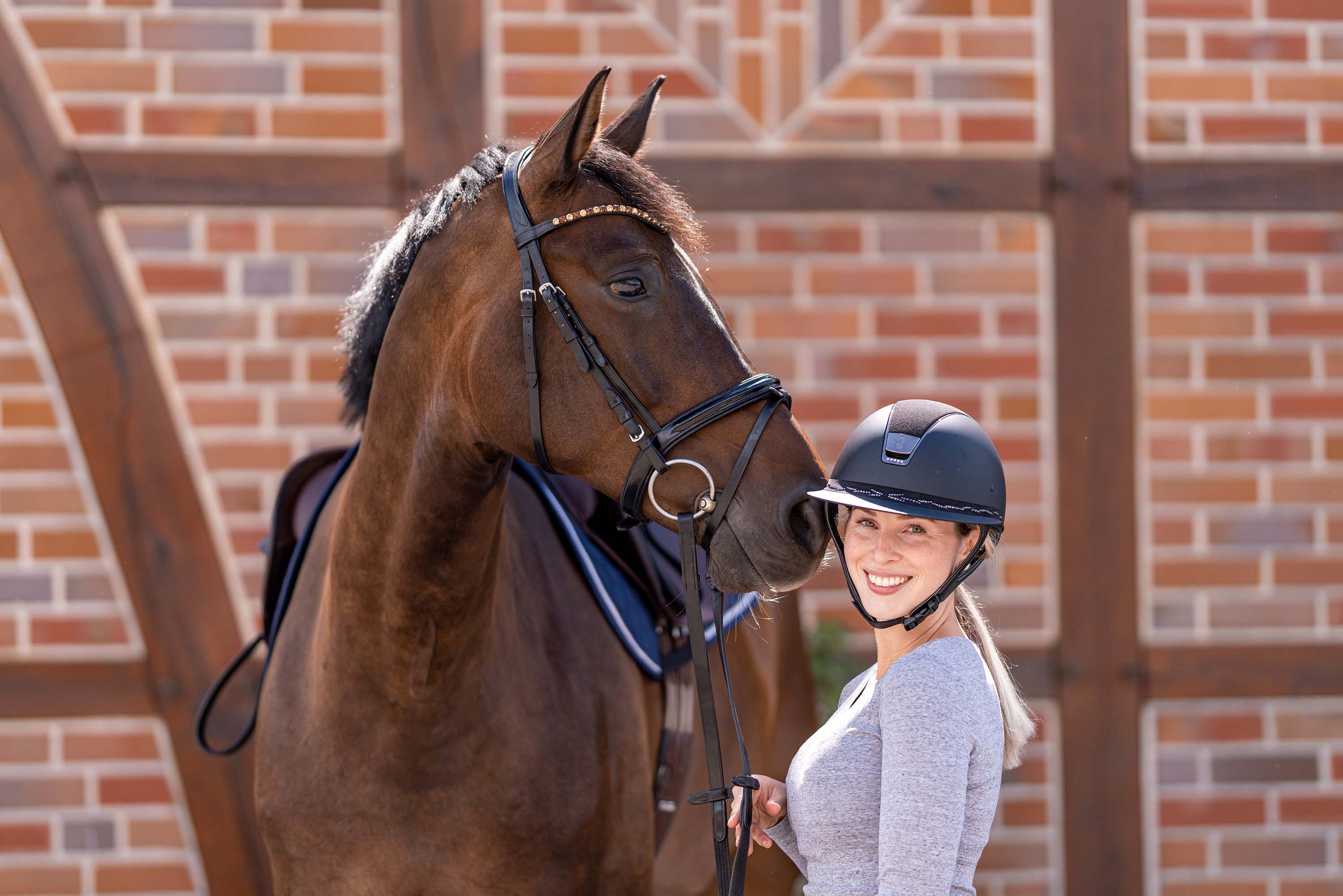
The term "Loose Ring Snaffle" has long been established in all stables. As the name already suggests it refers to a bit with loose ring, in which the bit can move freely. By the way, this is a real all-rounder! When the reins are taken up, the pressure is transferred to the horse's lower jaw via the tongue. Loose Ring snaffles are basically suitable for every horse and every level of training, because the movable rings can also dampen a somewhat unsteady rider's hand to some extent. No matter whether you are a beginner or a professional, whether you want to break in your horse or master a course: the Loose Ring Snaffle is the "basic" par excellence.
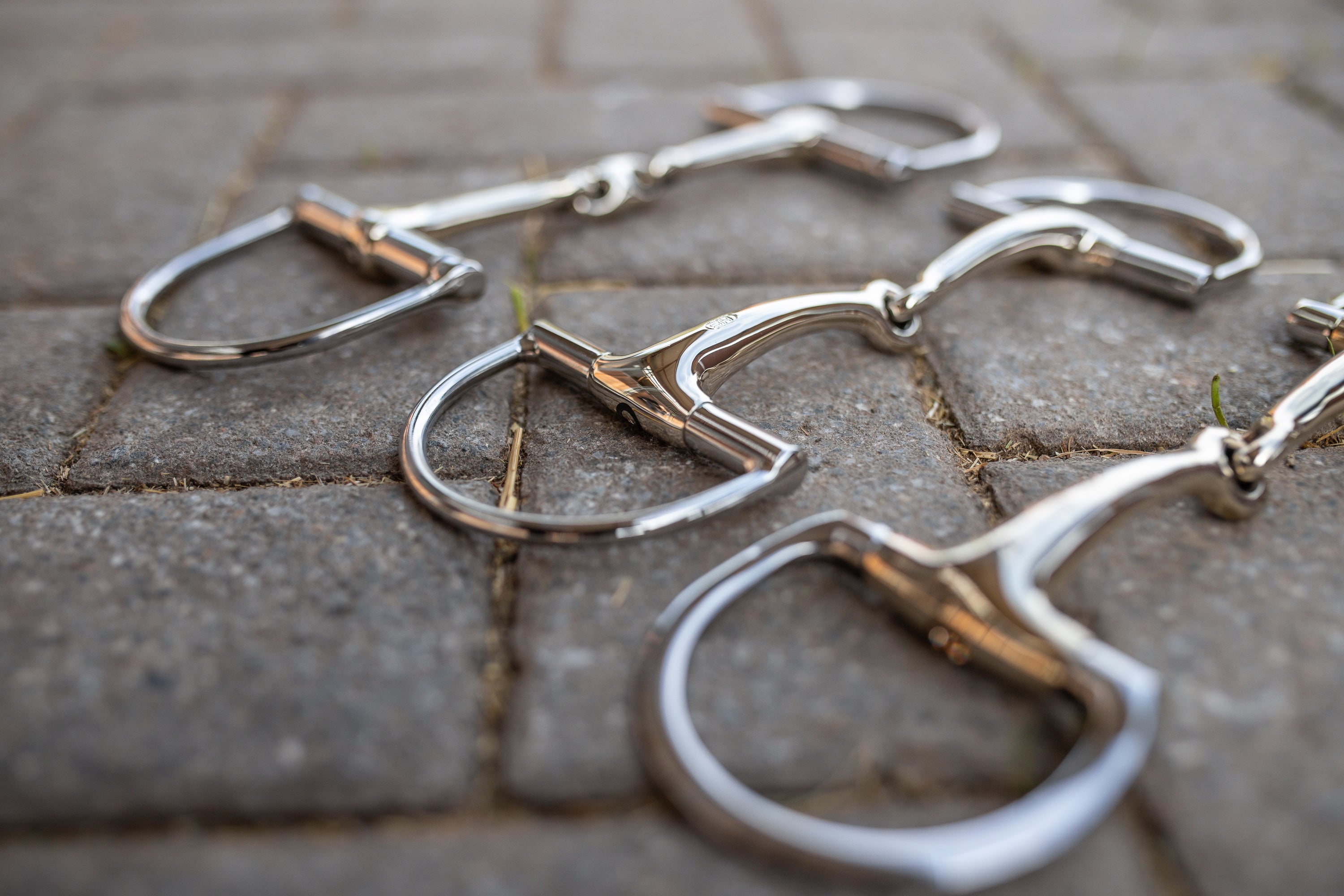
Eggbutt, D-ring and Full Cheeks are the "frame givers" of bits. The fixed side pieces literally frame the horse's mouth. This makes it even easier to ride turns, for example, because the outside rein is supported.
Similar to a Loose Ring Snaffle, these models only exert pressure on the horse's mouth when the reins are pulled. Your rein aids are transmitted more directly than with a classic Loose Ring Snaffle because the rider's hand movements are not dampened, as they are with a Loose Ring. The smooth transition between the rings and the mouthpiece means that the bit sits comfortably in the horse's mouth. The ideal choice if your horse has a very sensitive mouth.
As they frame the horse's mouth to the side, providing a limiting effect, they are the ideal choice if your horse is difficult to turn. But also for horses that have a very restless or overactive mouth and tend to play with the bit, these models can be just the solution due to their steady position in the horse's mouth.
Perfect Framework - But with Which Model?
Spoiled for choice: Which bit is the right choice? Eggbutt, D-ring or Full Cheek bits?
Basically, the greater the contact area between the side parts and the horse's mouth, the greater the lateral limitation. Compare the side parts of the bits with each other and decide how strong you want the lateral limitation to be. If you want it to be rather mild, we recommend an Eggbutt or a D-ring. If you want a distinct framing effect, you can go for a Full Cheek bit.
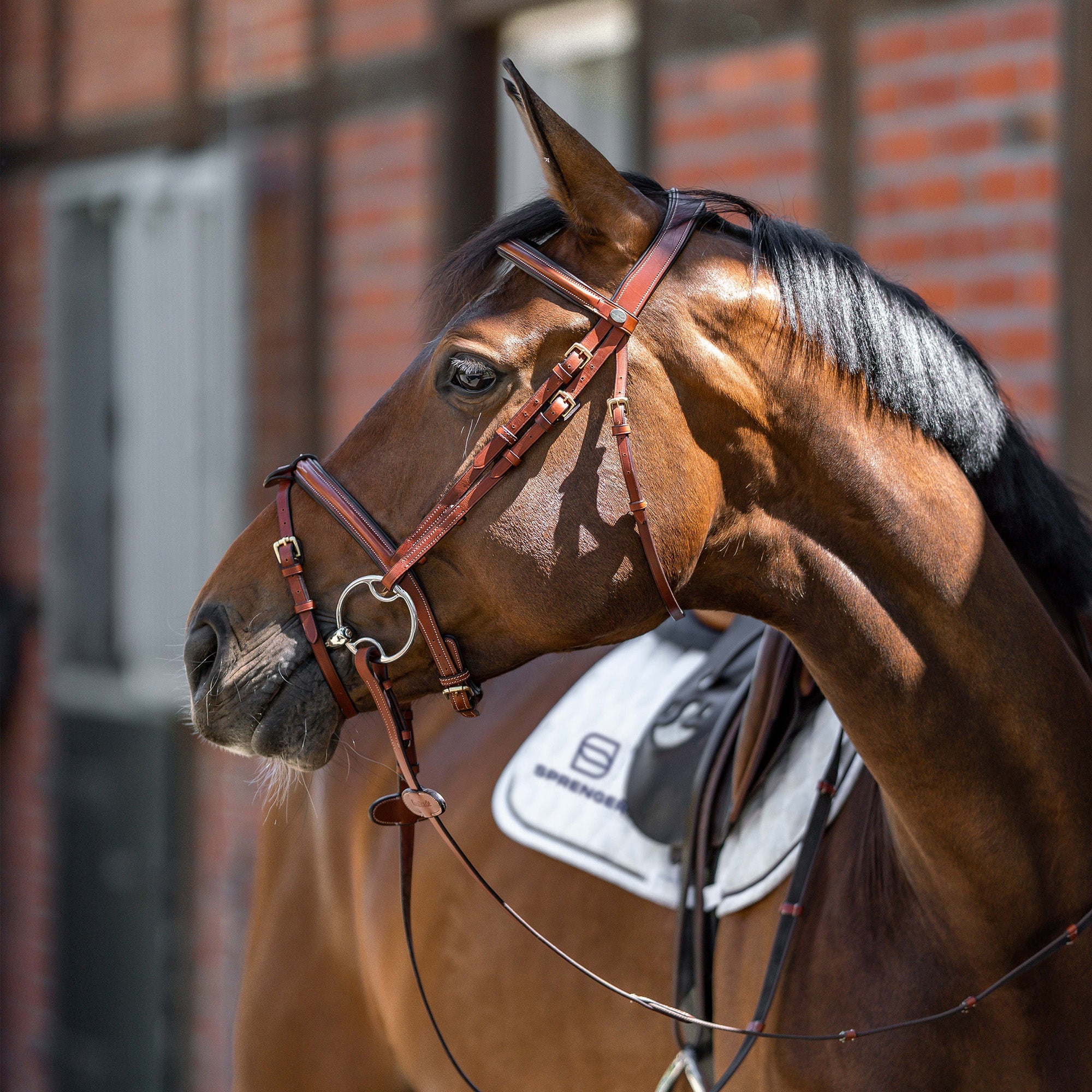
What exactly is a leverage effect - and how does it develop in the horse's mouth?
If you choose a bit with leverage, the pressure that is created by the rein is distributed to other points on the horse's head - for example the poll. In case, you need the most control possible in the course, this effect can be very useful in order to remain in communication with your horse even if he wants to withdraw.
But be careful: Riders should always be careful never to exert too much or too long an influence on the horse's poll! That is why we recommend bits with leverage only for experienced riders with controlled hand action.

Pelhams and Weymouths always act on three different points on the horse's head. The pressure is applied to the horse's tongue as well as to his poll and the area of the lower jaw. Each rein aid of the rider is therefore distributed to a certain extent to the different pressure points on the horse's head. This enables you to have the best possible effect and to control even strong or impetuous horses. At the same time you are able to communicate with the finest rein aids because they are transmitted so concisely.
But be careful: A correct basic training and rideability of your horse are the prerequisites for using a Pelham or Weymouth. And you should also be able to work with a sensitive hand. Because the horse's chin is very sensitive, we advise you to use a chin chain guard.
PART OF YOUR PASSION.

